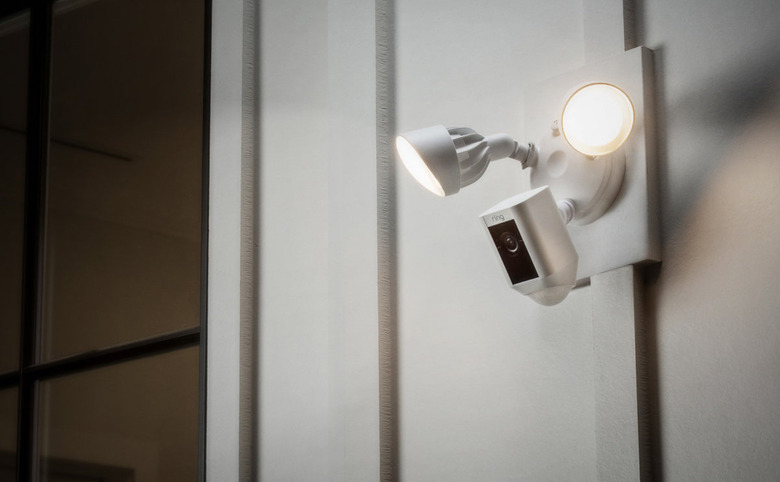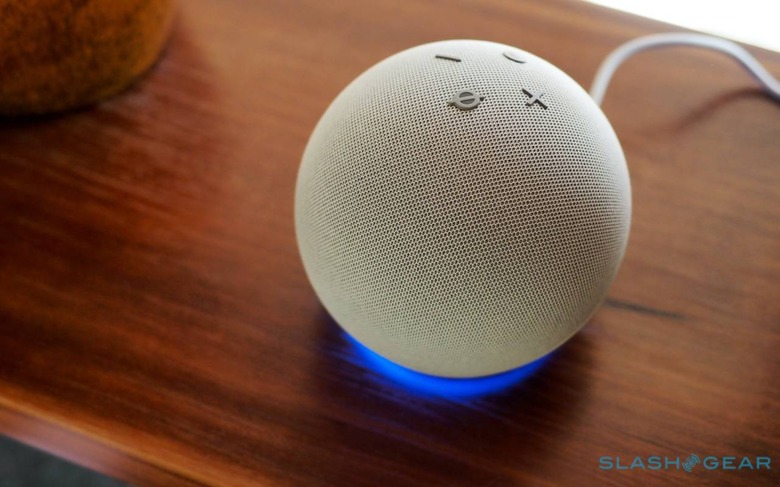Amazon Sidewalk Is Coming - And Not Everyone Will Be Happy
Amazon is preparing to launch Amazon Sidewalk, its localized networks for Echo, Ring, and other devices, and it looks likely to be one of the most controversial products from retail behemoth so far. Echo owners have begun being notified by Amazon that Sidewalk shared networks are launching later in the year, along with apparent confirmation that it will be turned on by default.
Sidewalk basically creates a special, separate network, hosted by so-called Sidewalk Bridge devices. That includes certain Echo and Ring models. What distinguishes them from your regular WiFi connection is that proximate Sidewalk devices can collaborate, even if they're not necessarily your own.
Your neighbors' Ring camera, for example, could join a local Sidewalk network. The advantage, Amazon says, is that even if your internet connection goes down, things like your Ring security system may still potentially be able to get online using a neighbor's bandwidth. It also improves range, since Sidewalk devices can in theory fill in gaps in WiFi coverage.
Of course, to do that, Amazon needs to grab some of your internet bandwidth to share. What's likely to prove divisive is that Amazon will turn Sidewalk on by default, its email to registered users confirmed today. If they don't want to have their internet connection shared in part, they'll have to manually turn it off.

"The maximum bandwidth of a Sidewalk Bridge to the Sidewalk server is 80Kbps, which is about 1/40th of the bandwidth used to stream a typical high definition video," Amazon says. "Today, when you share your Bridge's connection with Sidewalk, total monthly data used by Sidewalk, per account, is capped at 500MB, which is equivalent to streaming about 10 minutes of high definition video."
While Sidewalk isn't active as a feature yet, you can already turn it off in the Amazon Alexa app. That switch is found at More > Settings > Account Settings > Amazon Sidewalk.
Sidewalk is designed so that users don't actually know what other devices are connected to the network, or indeed what network their own devices are linked with. "Information transferred over Sidewalk Bridges is encrypted and Bridge customers are not able to see that Sidewalk-enabled devices are connected to their Bridge," Amazon explains. "Customers who own Sidewalk-enabled devices will know they are connected to Sidewalk but will not be able to identify which Bridge they are connected to."

Of course, for Sidewalk to fully work as Amazon hopes – with the potential down the line, when the networks are sufficiently established, to do things like localized device-finding and more – it needs as many Echo and Ring owners to opt-in as possible.
Nonetheless, it's likely to raise concerns among both users and security advocates alike. Having a second network running, which has access to your home internet, and which you have only marginal control over seems like a recipe for potential disaster. Even if all works as planned, it requires trusting Amazon to do all the management and security necessary. That may well be a bigger ask than even Echo and Ring owners can stomach.
